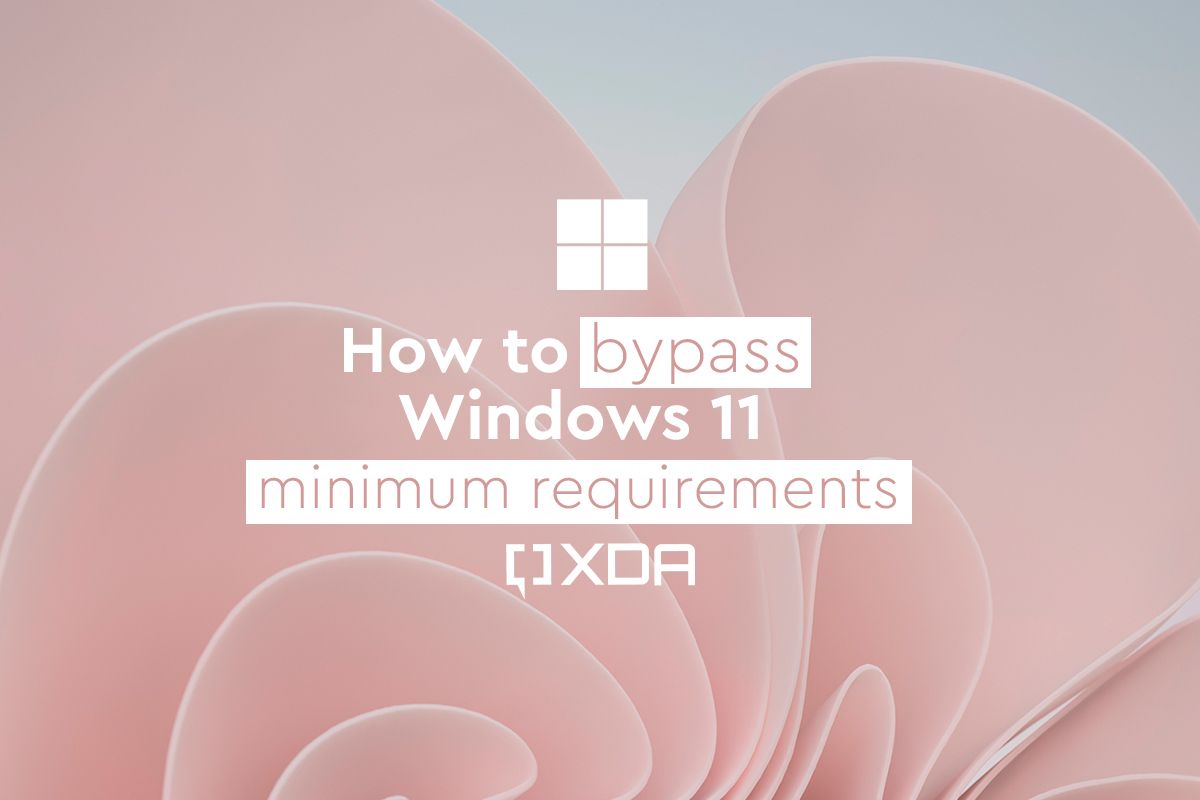Windows 11 is the latest version of the most popular operating system in the world, and it was first released to the public on October 5th, 2021, though early previews began on June 24th of that year. This version of Windows changed a lot, from the design language to dropping support for a lot of older hardware. Indeed, Windows 11 has some hefty system requirements compared to previous versions of Windows, so there are a lot of unsupported PCs you can't install it on.
The most notable change for many is the new requirement for a Trusted Platform Module (TPM), but it also bumps the minimum RAM required to 4GB and it requires an x64-based processor, on top of having a fairly restrictive list of supported CPUs.
All of that means that many users are left without an official path to upgrade to Windows 11, even if their PC still runs well enough for them. While there isn't much you can do about compatibility if you have an x86 CPU, you can bypass the requirements for specific CPUs or TPM support, which allows most Windows PCs to upgrade to Windows 11.
But just bear in mind that if you install Windows 11 on an unsupported PC, you may not be able to get future updates, and also that some unsupported hardware has good reason not to be supported. Downgrading in future back to Windows 10 will likely involve a clean installation. So if your Windows 10 is still working and getting updates, you may not want to mess with Windows 11...
See
How to install Windows 11 on almost any unsupported PC#
technology #
windows11
Want Windows 11 but have an unsupported computer? Here's how to install Windows 11 even if your PC doesn't meet the minimum requirements.
